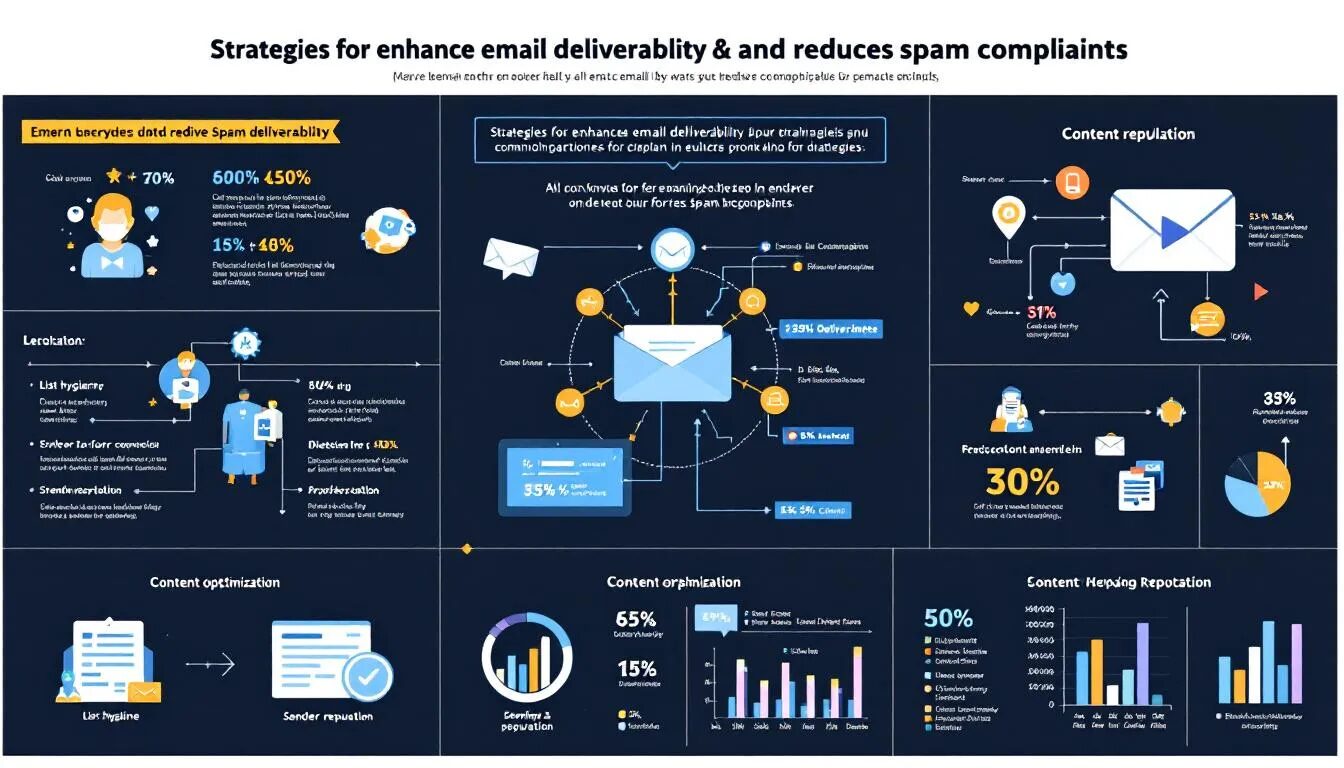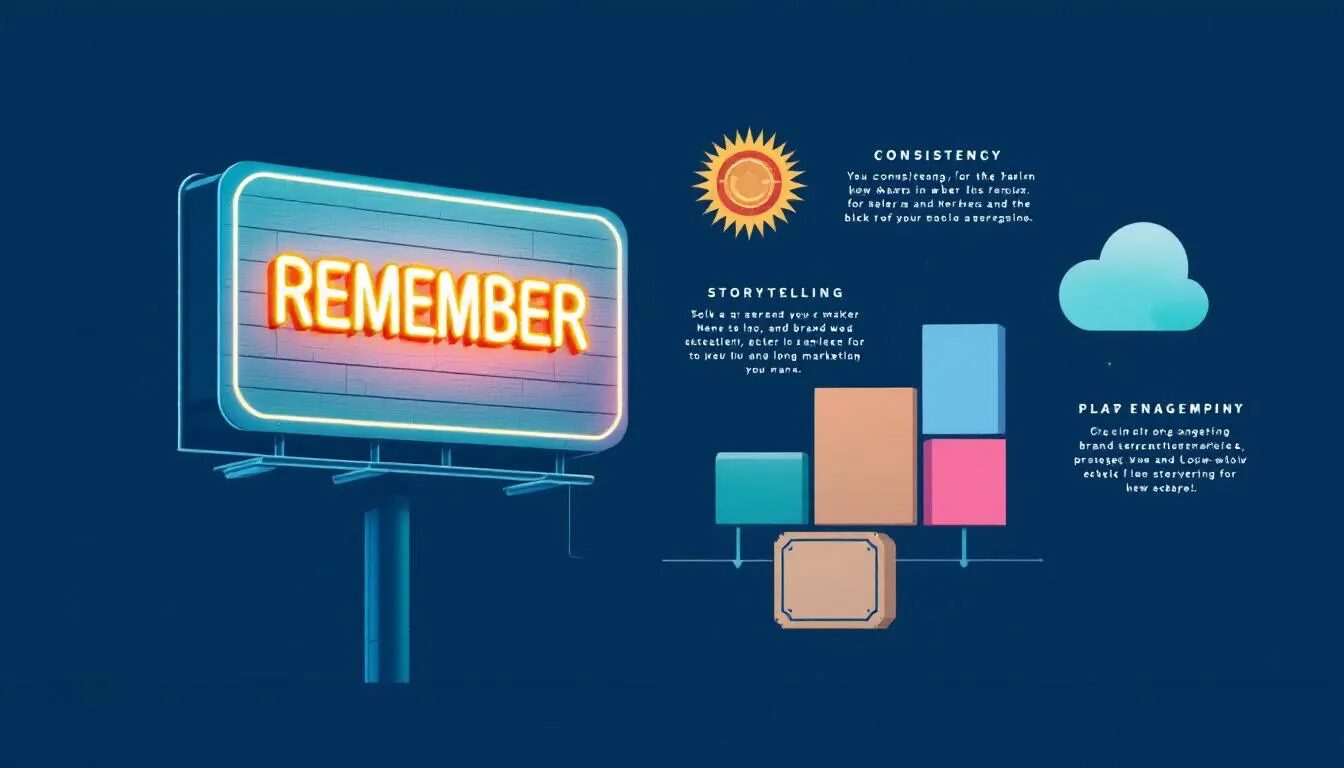
Marketing Amnesia: Why Customers Forget Your Brand And What To Do About It
Ever wonder why customers seem to forget your brand? It’s called “marketing amnesia: why customers forget your brand and what to do about it,” and it can really hurt your business. But don’t worry. In this article, we’ll dive into why it happens and what you can do to keep your brand fresh in the minds of your customers.
The word ‘brand’ comes from an old term meaning a ‘burning piece’ of wood or torch, which later evolved to refer to the mark made by branding with a hot iron for identification.
Key Takeaways
- Marketing amnesia occurs when customers forget a brand due to ineffective engagement and lack of brand recall, leading to diminished customer loyalty.
- To combat marketing amnesia, brands should enhance customer engagement through personalized communication, consistent branding, and monitoring customer feedback.
- Utilizing email marketing and social media effectively can reinforce brand identity, maintain customer interest, and ultimately prevent marketing amnesia.
Understanding Marketing Amnesia
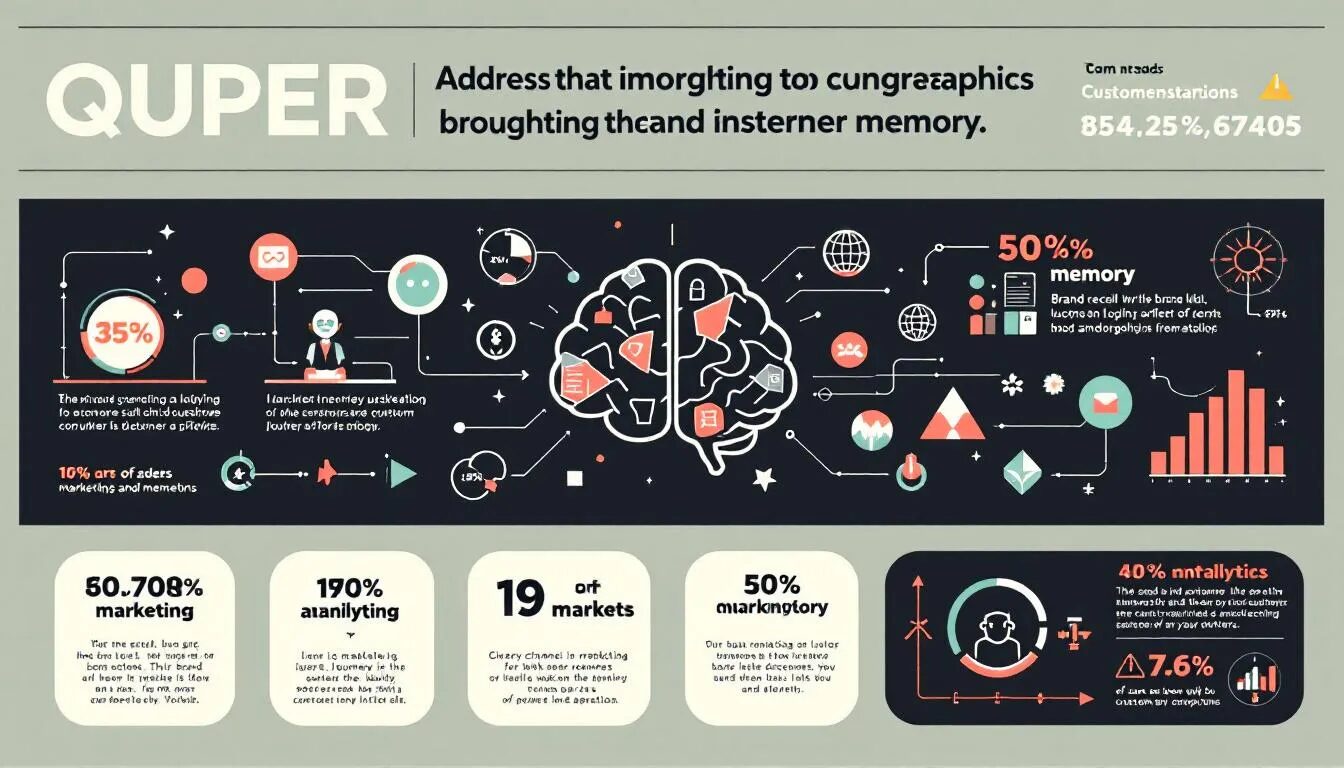
Marketing amnesia refers to the phenomenon where customers forget a brand, significantly impacting customer retention and overall business success. It’s a silent adversary that can erode your hard-earned customer base if not addressed. A key aspect of combating brand amnesia is understanding the importance of brand recall—the ability of customers to retrieve a brand from memory without prompts. This ability is crucial in fighting marketing amnesia, as it ensures your brand remains at the forefront of customers’ minds when making purchasing decisions.
A distinctive brand image plays a vital role in influencing purchasing decisions and fostering loyalty, which are critical in preventing customers from forgetting your brand. In a competitive market, a strong brand image helps a company stand out and keeps it top-of-mind for customers. A brand’s identity encompasses its visual appearance, messaging, and overall perceived image, reflecting how the owner wants consumers to perceive the brand and differentiating it from competitors. This concept involves creating lasting value and building brand equity over time, rather than relying on constant reinvention. Additionally, maintaining a positive public image is essential for long-term success.
Key components of a brand’s tool include:
- Brand identity
- Personality
- Logo
- Brand communication
- Brand loyalty
Brand awareness, reflecting customers’ ability to recognize and recall your brand, is a fundamental component in understanding a brand’s effectiveness. The unique qualities of a brand, such as its personality and values, play a significant role in customer recall. Effective past branding efforts are indicated by strong brand recall, reinforcing customer memory of the brand, which helps customers hear about the brand.
Focusing on these elements helps create a robust foundation to combat marketing amnesia and ensures your brand remains a cherished choice for your customers. Brands are created through intentional design and strategy, ensuring they resonate with the target audience.
Common Causes of Marketing Amnesia
Brands often fail to engage customers effectively, leading to forgetfulness about the brand. A decline in customer interaction is a red flag that signals your brand might be losing relevance in the market. When customers feel disconnected, their loyalty diminishes, and they may start seeking alternatives. Tackling these issues is vital for effective brand management and decision making.
Failure to address customer feedback can exacerbate the problem, leading to a significant drop in engagement levels. Marketing amnesia occurs when customers forget a brand, often due to a lack of engagement. This lack of engagement can stem from various factors, including poor customer service, irrelevant marketing messages, or a failure to innovate and keep up with market trends.
Resolving customer engagement issues is crucial for preventing marketing amnesia. Key actions include:
- Regularly interacting with your customers
- Responding to their feedback
- Ensuring they feel valued These steps can go a long way in maintaining their loyalty. Understanding these common causes allows you to take proactive steps to keep your brand relevant and memorable.
Recognizing the Symptoms of Marketing Amnesia
One of the most significant indicators of marketing amnesia is declining customer loyalty. When customers feel disconnected from your brand, their loyalty wavers, and they are less likely to make repeat purchases. This can be a clear sign that your brand is fading from their memory. Recognizing this symptom early on can help you take corrective action before it’s too late.
Email marketing can significantly enhance customer retention and loyalty. Streamlining the customer journey from initial contact to post-purchase support enhances satisfaction and maintains engagement. A seamless customer journey ensures that customers have a positive experience with your brand, making them more likely to remember and return.
Monitoring customer engagement levels is crucial in recognizing marketing amnesia. If you notice a decline in open rates for your email marketing campaigns or a drop in customer interactions, it might be time to re-evaluate your strategies. Keeping a close eye on these metrics can help you identify and address issues before they lead to marketing amnesia.
Establishing Brand Equity
Establishing brand equity is a cornerstone of any successful marketing strategy. Brand equity refers to the value your brand holds in the minds of customers, shaped by their perceptions, experiences, and loyalty. When a company invests in building strong brand equity, it creates a lasting impression that sets it apart from competitors and drives long-term business growth.
A successful brand identity is at the heart of brand equity. This means creating a unique and recognizable image, voice, and message that consistently resonates with your target market. Companies like Nike and Coca-Cola are prime examples of how a clear and consistent brand identity can lead to great success and enduring customer loyalty. Their brand management strategies ensure that every campaign, from email marketing campaigns to social media posts, reinforces their core brand message.
Effective brand management involves delivering a consistent message across all marketing channels, including email marketing. By aligning your brand’s identity and values in every customer interaction, you build trust and foster loyalty. Measuring brand equity can be done by tracking customer retention, advocacy, and the financial value your brand brings to the company.
Investing in brand equity pays off through increased sales, higher revenue, and greater market share. By consistently delivering on your brand promise and maintaining a strong brand identity, your company can create lasting value, build customer loyalty, and ensure your brand remains top-of-mind in a crowded market.
Strategies to Combat Marketing Amnesia
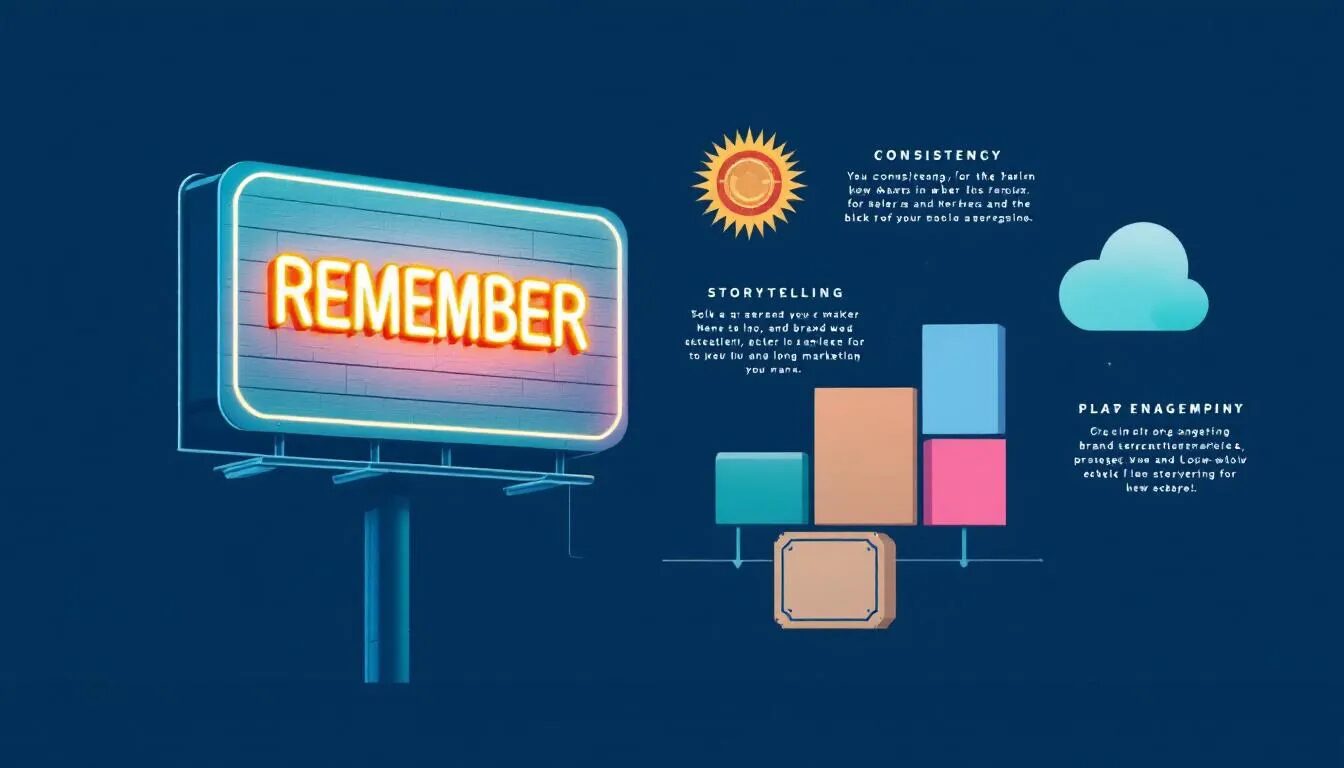
Combating marketing amnesia requires implementing strategies that reinforce brand identity, enhance customer engagement, and improve customer experience. These marketing strategy work together to keep your brand top-of-mind for your customers and ensure they remain loyal.
Reinforcing brand identity helps create a strong visual and messaging framework that customers can recognize and trust. Consistency in branding across all channels is crucial for maintaining brand identity and ensuring customers don’t forget your brand. Having a branded approach ensures that all products and communications are easily recognizable and associated with your company, reinforcing a unified and memorable presence. Utilizing personalized content can significantly enhance customer engagement and keep your brand relevant in their minds.
Social media platforms, when used effectively, can create memorable experiences and maintain customer interest. Email marketing campaigns with compelling words can drive engagement and remind customers of your brand’s value, for example. Most companies use promotional emails to boost awareness and engagement, especially for events or product launches.
Improving the customer journey at every touchpoint ensures a more memorable experience. Key focus areas include:
- Initial outreach to post-purchase follow-up
- Providing excellent customer support to turn services into loyalty, making customers less likely to forget your brand
- Maximizing user experience with easy navigation and informative resources to enhance satisfaction and build brand loyalty
Reinforce Brand Identity
A brand’s identity identifies as crucial for distinguishing it from competitors and includes components like its name and visual elements. A clear brand identity fosters consumer trust and loyalty by highlighting authenticity and quality. A company’s brand serves as a core asset that influences consumer perception and strengthens overall brand equity, representing the entire business and supporting product differentiation. Establishing a consistent company’s brand identity across various platforms enhances brand recognition.
Brands with inconsistent messaging may spend up to 32% more on media to achieve the same reach and recall as consistent brands. Frequent changes in brand messaging can lead to increased customer acquisition costs, averaging 27% more than those maintaining consistency. Implementing a strong brand identity is vital for long-term growth and market success.
Consistency is key. Brands that maintain consistent messaging see significantly lower costs per acquisition and better response rates. Think of iconic brands like the Nike swoosh and Coca-Cola, whose consistent branding has made them household names. Reinforcing your brand’s identity creates a lasting impression that resonates with customers and keeps them coming back. Effective slogans can also play a crucial role in this process.
Enhance Customer Engagement
Emotional responses and recognition contribute to potential loyalty and repeat purchases for a brand. Personalized marketing significantly improves customer interactions and fosters loyalty. Improving email personalization can be achieved through automation, segmenting lists, and third-party integrations. Personalizing emails leads to increased relevance and response rates.
Educational content is highly sought after on social media, making it an effective way to engage audiences and position a brand as a thought leader. Targeting specific types of customer segments with tailored content can further improve engagement and brand recall. Email marketing is effective in driving conversions and building brand loyalty. An email newsletter serves regular communication with existing customers to keep the business top of mind.
Enhancing customer engagement through personalized marketing and regular communication builds a loyal customer base that remains engaged with your brand. This not only helps in preventing marketing amnesia but also drives long-term business success.
Improve Customer Experience
Personalization in branding can involve:
- Allowing customers to select options or have direct control over their brand experience.
- Providing an enhanced customer journey with thoughtful support from initial interactions through to after-purchase assistance.
- Fostering a positive brand image that builds trust.
This results in increased loyalty and repeat purchases.
Focusing on providing a seamless and personalized customer experience ensures positive interactions with your brand at every touchpoint. This not only enhances satisfaction but also builds loyalty, making customers more likely to remember and return to your products or services.
Creating Engaging Content to Stay Top-of-Mind
Creating engaging content is essential for businesses that want to stay top-of-mind with their customers and reinforce a strong brand identity. In today’s competitive market, simply having a great product or service isn’t enough—companies must actively connect with their audience through relevant and compelling messaging.
Email marketing campaigns are an effective way to deliver engaging content directly to your customers. Whether it’s sharing insightful blog posts, announcing new products or services, or offering exclusive promotions, email marketing helps increase awareness and keeps your brand in front of your target market. The key is to understand your audience’s needs and interests, then tailor your content to provide real value.
Attention-grabbing subject lines, personalized email templates, and relevant messaging can significantly boost open and conversion rates. Encouraging opt-ins and sign-ups through incentives or exclusive content helps build a loyal customer base that looks forward to your communications. By consistently creating and sharing engaging content, companies can establish a strong brand presence and ensure their brand remains memorable.
Regularly reviewing and adjusting your content strategies is also crucial. By monitoring engagement metrics and staying attuned to your audience’s preferences, you can refine your approach, stay ahead of competitors, and achieve your marketing goals. Ultimately, engaging content delivered through effective channels like email marketing is a powerful tool for building brand loyalty and keeping your business top-of-mind.
Building Customer Loyalty for Long-Term Brand Recall
Building customer loyalty is vital for achieving long-term brand recall. Loyal customers are not only more likely to remember your brand, but they also become advocates who help spread your brand message to others. This loyalty is built on a foundation of high-quality products or services, exceptional customer service, and consistent, engaging communication.
Email marketing campaigns play a key role in nurturing these relationships. By offering exclusive promotions, rewards, or personalized content, companies can make customers feel valued and appreciated. Using customer data and analytics allows businesses to tailor their messaging and create experiences that resonate with individual customers, further strengthening loyalty.
A loyal customer base leads to positive word-of-mouth marketing, glowing online reviews, and increased social media advocacy—all of which help to increase brand awareness and attract new customers. Investing in customer loyalty programs and initiatives not only boosts retention but also enhances your brand’s reputation in the industry.
By prioritizing customer loyalty and consistently delivering on your brand promise, your company can establish a strong brand identity and achieve great success. Loyal customers are the backbone of long-term brand recall, ensuring your brand remains relevant and valued in the minds of your audience.
Leveraging Email Marketing to Prevent Marketing Amnesia
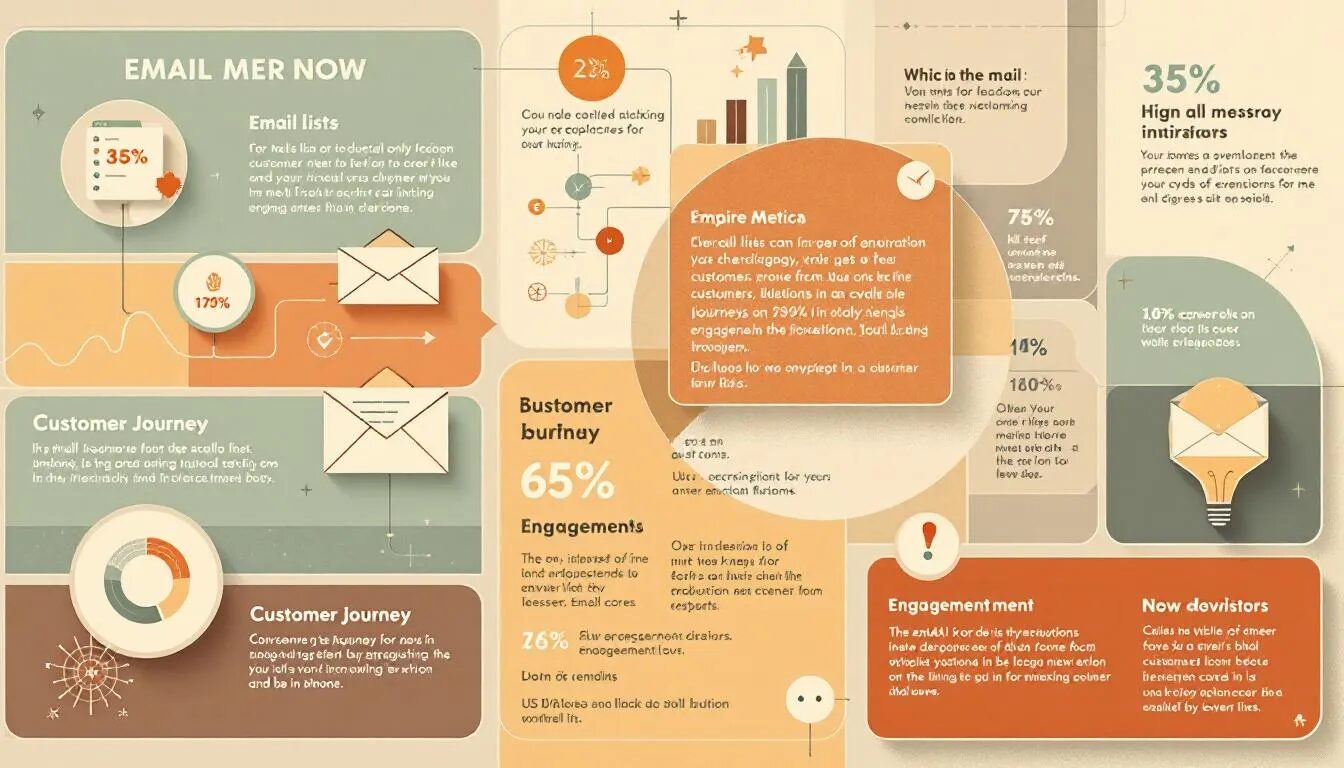
Email marketing keeps the business top-of-mind with customers and prospects. It’s known for driving sales and revenue with high reach and return on investment. Targeted campaigns can lead to increased sale of products and services by reaching the right audience at the right time. Starting with email marketing involves following specific steps. These steps are designed for a quick start and ensuring email marketing campaign success. Enhancing the effectiveness of email marketing campaigns can be achieved through aligning branding elements such as colors and fonts.
Memorable advertising is essential to prevent ad amnesia and wasted marketing budgets. Email marketing campaigns should align with overall brand messaging to build trust and ensure a consistent customer experience. Confirmation emails sent after a product is purchased help reinforce trust and brand recall. This section will introduce the role of email marketing in preventing marketing amnesia, highlighting the benefits and providing an overview of the subsequent subsections.
Build a Strong Email Marketing List
Building your email marketing list is the initial step in email marketing. Start capturing email addresses using methods like pop-up forms when readers finish an article or scroll 3/4 of the page. To sign up, maintaining an engaged email list requires regular interaction and value delivery.
Providing a valuable incentive can significantly improve email subscriptions for new subscribers. Announcing a new product can also serve as an effective incentive, encouraging users to sign up to be the first to know about product launches and exclusive offers. Basic segmentation involves categorizing subscribers into different list segments to improve response rates. Segmenting your list also allows you to promote other products to customers who have already shown interest in your brand, increasing the chances of cross-selling within your portfolio. Before importing contacts into your email list, ensure you have permission to email those subscribers.
Tools like Mailchimp offer various email tools that can help grow your brand through email marketing. Building a strong email marketing list ensures your campaigns reach a relevant and engaged audience.
Crafting Compelling Email Campaigns
An email template campaign aimed at driving a direct response is essential for capturing attention. A direct call to action is a key element of effective marketing emails. Personalized subject lines can lead to a 26% increase in open rates, significantly improving engagement. The message conveyed through these emails is crucial for success.
The goal of email marketing is to encourage subscribers to click a link in the email, fostering further engagement. Campaigns can be tailored to promote a specific product to the right audience, increasing the likelihood of building recognition and trust for that item. Ultimately, the aim of these campaigns is to sell products or services by driving customer action. Sending a regular newsletter is an effective method to keep existing customers updated. Email marketers can use the Pareto Principle, where an effective content mix for email campaigns is 80% valuable information and 20% promotions.
The inverted pyramid model is an effective way to structure email campaigns to maintain reader interest. A compelling email subject line is crucial for capturing attention, as a poor one may lead to spam or deletion. Optimizing email campaigns for mobile devices involves making campaigns responsive.
Personalize Your Email Messages
Personalized emails can lead to higher open rates and increased sales. Personalization in email marketing helps in building stronger connections with customers. By personalizing your email messages, you can create a more relevant and engaging experience for your subscribers.
This not only helps in preventing marketing amnesia but also drives higher engagement and conversion rates.
Utilizing Social Media to Maintain Brand Awareness
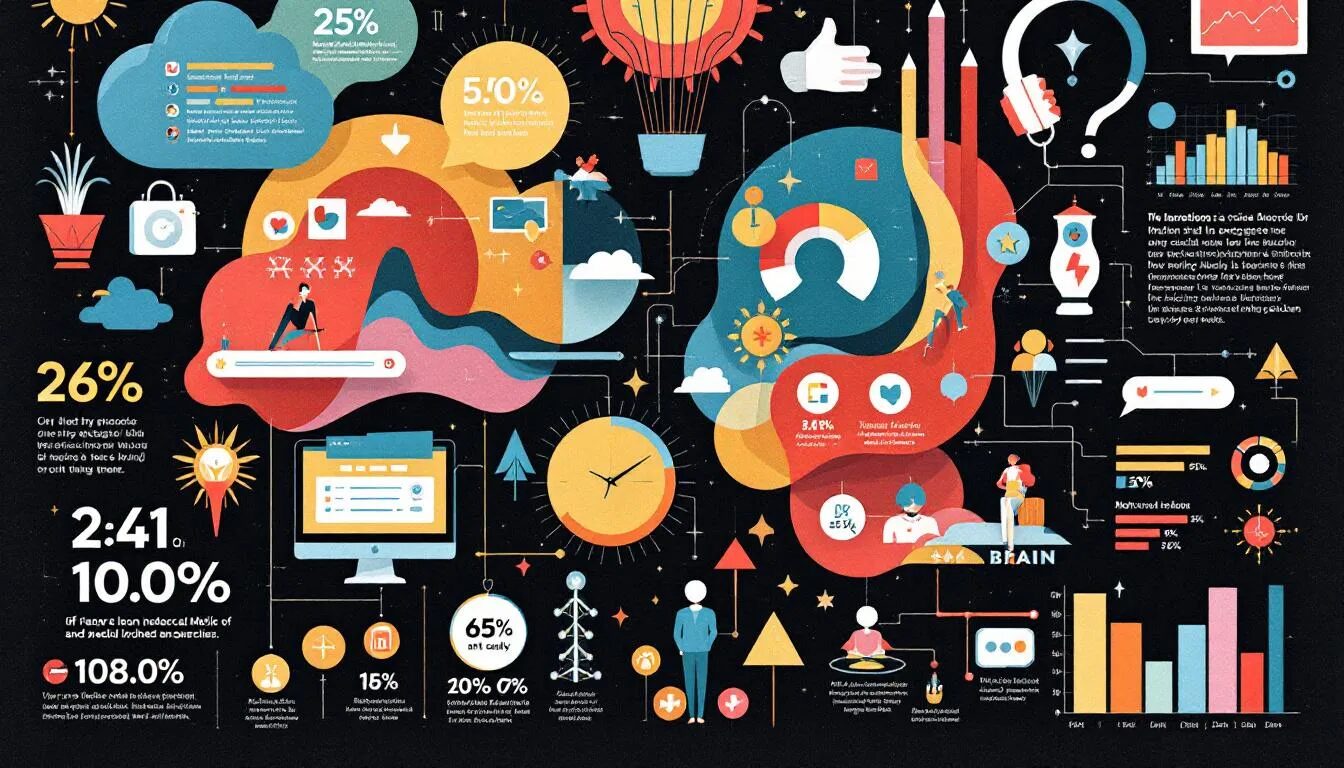
Utilizing social media effectively can increase engagement and strengthen relationships with customers. Incorporating relevant hashtags in posts can significantly enhance visibility and engagement. User-generated content can strengthen emotional connections with consumers and enhance brand visibility.
Social media platforms enable brands to reach audiences around the world, increasing global brand recognition and expanding their influence internationally.
Key strategies for social media success include:
- Having a distinctive voice to help brands stand out and connect with their audience more effectively.
- Optimizing social media profiles to make a strong first impression and enhance brand recognition.
- Collaborating with other brands on campaigns to expand outreach and attract new audiences.
Leveraging social media helps maintain brand awareness and keeps your audience engaged. This not only helps to promote preventing marketing amnesia but also drives long-term growth for your brand.
Consistent Branding Across All Touchpoints
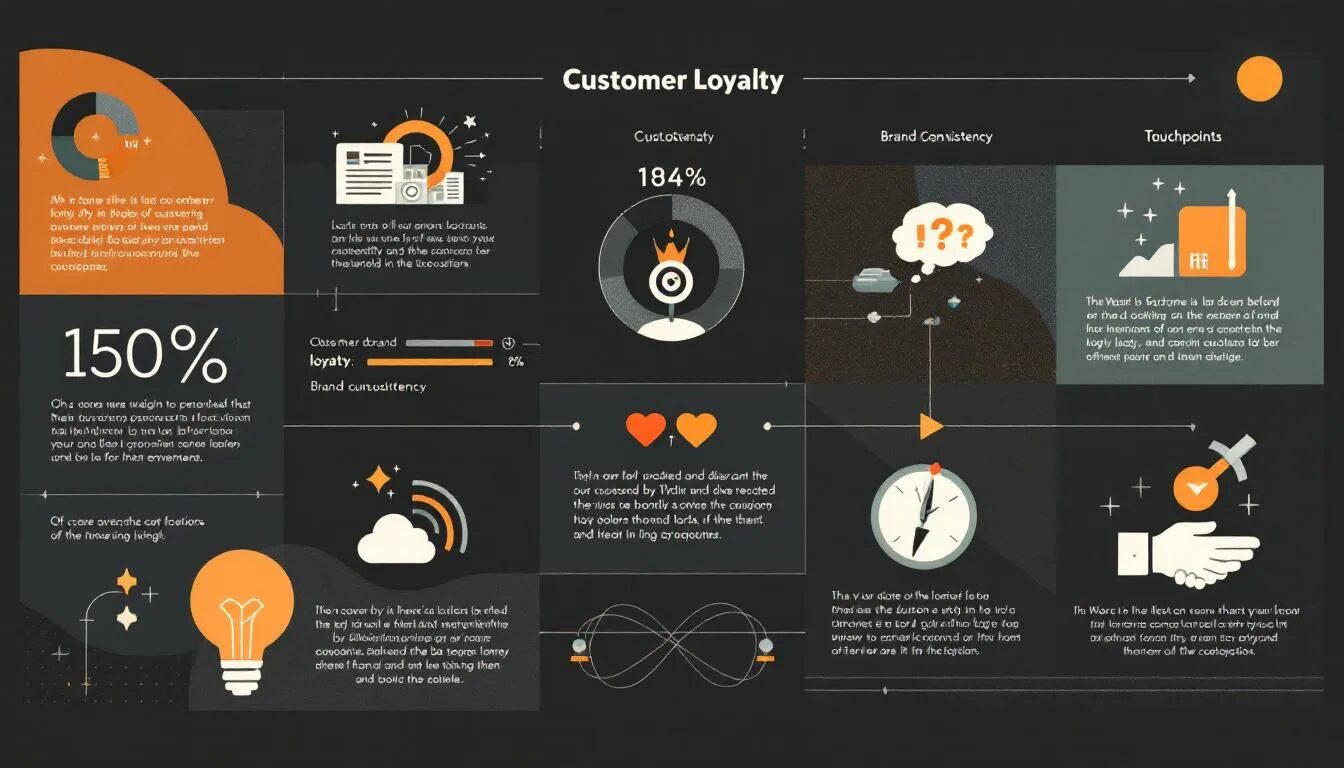
A consistent brand image aids in easy recognition, allowing consumers to identify and remember the brand across various interactions. Maintaining uniform logos, colors, and messaging builds trust among customers as they develop expectations from the brand. Creating a single brand message slogan experience across multiple touchpoints enhances customer satisfaction and loyalty.
Visual consistency across blog post increases brand recall, making it more likely that consumers will remember the brand during purchasing decisions. Consistency in branding across different channels promotes effective storytelling, making it easier for customers to connect with the brand. Maintaining a consistent brand image in every store location also reinforces brand recall and strengthens the connection between the brand and its customers.
Uniformity in branding saves time and resources, as it allows for the reuse of established designs and templates across various campaigns. Major stores often develop their own store brands to target specific customer segments and enhance profitability, demonstrating the strategic importance of consistent branding. Maintaining consistent corporate branding across all touchpoints creates a cohesive and memorable brand experience for your customers.
Common Mistakes to Avoid in Preventing Marketing Amnesia
Avoiding marketing amnesia—or brand amnesia—requires a proactive approach to brand management. One of the most common mistakes companies make is allowing their brand identity and messaging to become inconsistent or unclear. When a company loses sight of its core values and fails to deliver on its brand promise, customer loyalty and trust can quickly erode.
Inconsistent branding, vague messaging, and neglecting to reinforce brand values are pitfalls that can lead to marketing amnesia. To prevent this, businesses should establish a strong brand identity and ensure that every email marketing campaign, social media post, and customer interaction reflects their brand’s core message and values.
Regularly monitoring and adjusting your marketing strategies is essential to stay aligned with your brand identity. Email marketing campaigns are a powerful tool for reinforcing your brand message and encouraging customer engagement and loyalty. Investing in brand research and analytics helps you better understand your customers and tailor your marketing efforts for maximum impact.
By staying focused on your brand values and consistently delivering on your promises, your company can avoid the trap of brand amnesia. Prioritizing brand consistency and customer loyalty will help you build a strong, memorable brand identity that resonates with your customers and drives great success in your industry.
Measuring the Effectiveness of Your Efforts
Defining key performance indicators (KPIs) is essential for gauging the effectiveness of marketing campaigns. KPIs give you concrete data points to measure your efforts, such as:
- Engagement rates
- Conversion rates
- Customer retention
It’s important to note that KPIs may differ depending on the specific industries in which a brand operates, as different industries often require tailored measurement strategies.
This quantitative data can provide insights into how well your strategies are working and where adjustments might be needed.
Diminished sales figures can be a direct indication that your brand’s presence is fading from consumer minds. Establishing a timeframe for your campaigns can help in accurately tracking and measuring data throughout the marketing efforts. Regularly reviewing these metrics allows you to pivot your strategies in real-time to better engage your audience.
Using analytics tools specific to each platform can enhance the measurement of campaign performance. Creating a dashboard to present results allows for easier sharing and comprehension of marketing data among stakeholders. Creating benchmarks throughout a campaign helps in assessing progress and adjusting strategies accordingly. This structured approach ensures that your marketing efforts are not only effective but also continually improving.
Summary
Marketing amnesia can be a formidable challenge, but by understanding its causes and recognizing its symptoms, you can take proactive steps to combat it. Reinforcing your brand identity, enhancing customer engagement, and improving customer experience are pivotal strategies in this endeavor. Leveraging email marketing and social media also plays a crucial role in keeping your brand top-of-mind.
Consistent branding across all touchpoints and measuring the effectiveness of your efforts ensure that your strategies are working and allow for continuous improvement. By implementing these strategies, you can build a loyal customer base that remembers and values your brand. Stay committed, stay consistent, and your brand will remain unforgettable.
Frequently Asked Questions
What is marketing amnesia?
Marketing amnesia occurs when customers forget a brand, which can severely hinder customer retention and negatively affect business success. It’s crucial for brands to maintain engagement to prevent this loss of recognition.
How can I recognize the symptoms of marketing amnesia?
To recognize symptoms of marketing amnesia, look for declining customer loyalty, reduced engagement levels, and lower open rates on your email campaigns. Identifying these signs early can help you address the underlying issues effectively.
What strategies can combat marketing amnesia?
To combat marketing amnesia, focus on reinforcing brand identity and enhancing customer engagement through improved experiences and effective use of email marketing and social media. These strategies will help maintain brand recall and strengthen customer connections.
How can email marketing help prevent marketing amnesia?
Email marketing effectively prevents marketing amnesia by keeping your business top-of-mind with customers through consistent messaging, which drives sales and builds trust. By maintaining regular communication, you ensure your brand is always present in their thoughts.
Why is consistent branding important?
Consistent branding is crucial because it fosters easy recognition, builds customer trust, and enhances satisfaction while optimizing time and resources through established designs. Ultimately, it strengthens your brand’s presence in the market.
© 2025, Vertical Response. All rights reserved.

